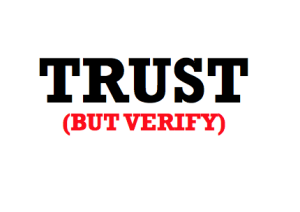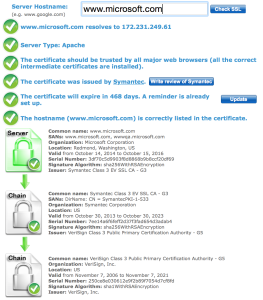0
Microsoft’s new Tossup app tries to simplify getting friends together
Tossup, a new Microsoft app for Android and iOS, aims to make it easier for users to poll their friends and get together.Tossup lets people create quick polls and share them with their friends. The polls can be simple, consisting of a single yes or no question, or they can be more detailed, for example providing a list of local businesses to choose from for a meeting. After creating a poll, users are prompted to send it out to their friends as a link either via text message or email. After that, the people invited can answer the poll questions inside the app and add comments.To read this article in full or to leave a comment, please click here
 Mon Dieu! Cisco backs 6WIND.
Mon Dieu! Cisco backs 6WIND. By now, we all know the benefits of SDN, but what about its challenges? New research lays out the expectations of IT professionals.
By now, we all know the benefits of SDN, but what about its challenges? New research lays out the expectations of IT professionals.



 Steel ORCA has eventual plans for Avaya's Fx architecture for SDN.
Steel ORCA has eventual plans for Avaya's Fx architecture for SDN.